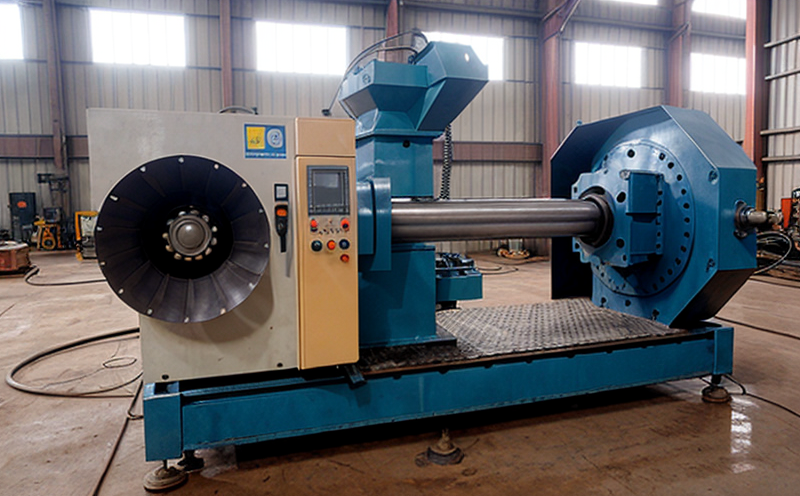Machine vibration inspection
The machine vibration inspection is a critical component of predictive maintenance and quality assurance in industrial settings. It involves the systematic evaluation of mechanical vibrations to assess the health and operational condition of machinery. This service plays a pivotal role in preventing equipment failures, enhancing productivity, and ensuring safety in manufacturing environments.
Machinery subjected to high loads or continuous operation can experience wear and tear over time, leading to increased vibration levels. Detecting these issues early through vibration analysis allows for proactive maintenance strategies that minimize downtime and operational risks. This service is particularly essential in sectors where machinery operates at high speeds or under heavy loads, such as automotive manufacturing, aerospace, and power generation.
The process typically involves the use of accelerometers to measure vibrations along multiple axes (typically X, Y, Z). The data collected is then analyzed using various techniques including spectral analysis, order tracking, and envelope detection. These methods help in identifying specific fault modes such as unbalance, misalignment, looseness, or bearing defects.
Accurate interpretation of vibration data requires a deep understanding of the machinery's operational characteristics and its baseline behavior under normal conditions. This knowledge is crucial for setting appropriate thresholds that indicate when corrective action should be taken. By adhering to international standards such as ISO 10816, which provides guidelines for interpreting machine vibration levels, inspectors ensure consistent and reliable results.
Modern vibration inspection services leverage advanced diagnostic tools and software platforms to automate data processing and interpretation. This not only increases efficiency but also improves accuracy by reducing human error. The resulting reports provide actionable insights that guide maintenance teams in scheduling repairs or replacements before failures occur.
In summary, machine vibration inspection is an indispensable tool for maintaining optimal performance of industrial machinery. Its ability to predict potential issues early on makes it a cornerstone of any comprehensive preventive maintenance program.
Why It Matters
Vital for Preventive Maintenance: Predictive maintenance strategies rely heavily on vibration analysis to identify impending failures before they escalate into full-blown breakdowns. By detecting subtle changes in machine behavior early, this service helps extend the lifespan of equipment and reduce unexpected downtime.
- Prolonged operational life of machinery
- Reduction in unscheduled maintenance costs
- Avoidance of catastrophic failures that could disrupt production lines
Economic Benefits: The financial implications of failing to perform regular vibration inspections can be substantial. Not only do unplanned repairs cost more, but they also contribute to lost productivity and increased operational expenses.
- Decrease in repair costs by identifying issues early
- Potential savings from avoided emergency repairs
- Improved overall equipment effectiveness (OEE)
Safety Considerations: Machinery failures can pose significant safety risks, particularly in industries like mining and construction where heavy machinery is commonly used. Early detection through vibration inspection ensures safer working environments.
- Enhanced worker safety by preventing accidents caused by equipment failure
- Compliance with occupational health and safety regulations
Eco-Friendly Impact: By extending the life of machinery, this service contributes to sustainability efforts. Less frequent replacements mean reduced waste generation and lower energy consumption associated with manufacturing new parts.
- Promotion of sustainable practices within industrial settings
- Contribution to environmental protection through resource conservation





